Trapezius muscle pain: Cause, Symptoms, Treatment, Exercise
Trapezius muscle pain is the complaint of pain, spasm, stiffness, and tightness of the trapezius muscle. It is mostly occurs in the neck to shoulder pain. It is also called trapezitis.
- Trapezius muscle pain is acute/severe pain that affects the several small muscles in the upper back & neck.
- Much small muscle affected because the Trapezius muscle is a flat & triangular muscle that extends from the back of the head & neck.
- Trapezius muscle pain is due to many reasons like Muscle strains, Nerve damage & Tightness of muscle.
- This muscle pain occurs due to bad body posture.
- The patient feels weakness in the neck & arm muscles. sometimes tingling muscle.
- This pain is released at home by the RICE principle with the correct posture.
- After stretching & exercise by the physiotherapist helps to relieve this pain.
Table of Contents
What is the Trapezius muscle?
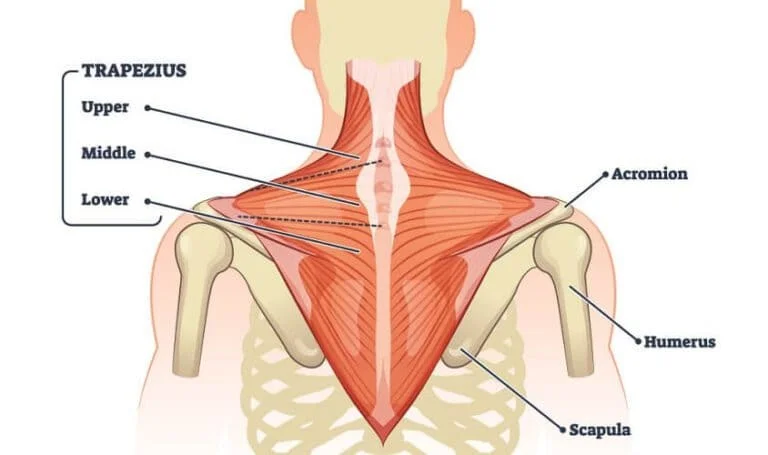
- The Trapezius muscle is an upper back muscle.
- This muscle is a diamond-shaped muscle which is cover the upper back, shoulders & neck.
- This muscle is large & triangular which is extending to the width of the shoulders & running from the skull to the thoracic spine, then in the middle of the back.
- This muscle is located very close to the skin.
- In The Trapezius muscle three sections, the superior, middle & inferior segment & each section plays a role in specific movements of the neck & shoulders joint.
- This muscle is a large, strong muscle that performs many actions, including the movement of the neck & shoulder blade. This muscle is a pair of the Trapezius muscles which are commonly known as the traps present in the human body.
- In the muscle of Trapezius of One trap muscle is located on either side of the neck.
- This Trapezius muscle has three functional parts:
- An upper = Descending part which supports the weight of the arm
- A middle region = Transverse which is retracts on the scapula
- A lower = Ascending part which is medially rotated & depresses the scapula.
What is causes the Trapezius muscle?
- Muscle strains:
- Due to an accident, overuse & rigorous exercise and the Trapezius muscle is a stretch too far as to tear.
- This is a common injury that leads to muscle cramps & muscle spasms.
- Back strains & back spasms is affect the Trapezius muscles which are muscles of the lower back.
- Nerve damage:
- If the nerve of the neck & shoulder controls the Trapezius muscle & gets injured.
- This Trapezius muscle is not working as it should.
- This is an uncommon, type of injury that is given to result from neck surgery like surgery to remove a tumor.
- Nerve damage is lead to muscle weakness.
- In severe cases, the whole muscle of the Trapezius is paralyzed.
- Tightness & pain:
- Poor posture, like sitting position at a desk with hunched shoulders for long periods, is produced to tightness in the Trapezius muscle.
- People who are sitting in front of a computer for several hours a day for the job which is a higher risk of chronic pain in the neck & shoulders.
- Headaches result from the tension in the shoulders, mostly if the tight muscles put pressure on the nerve which controls the Trapezius muscle.
- Body posture:
- When the bad posture is not corrected early, it has become too permanent.
- Sitting/standing improperly is lead to Trapezius muscle pain which is radiated to the spine = spinal vertebrae & support the muscles.
- so that Maintaining the awkward standing/sitting positions leads to muscle pain & it is felt in the Trapezius muscle.
- it is also be referred as to repetitive stress injury.
- Excessive stress:
- Being stressed in the muscle lead to tension in the muscles which is become too tightened & particularly in the trapezius muscles.
- it is primarily caused by excess muscle contraction, leading to muscle soreness & pain.
- These symptoms are also compounded by mental strain & anxiety which is often accompanied by stressful periods.
- Muscle injury/pulled muscles:
- This occurs when the muscle is moved too far & too quickly, which is the result of the injury.
- In this condition, the connection occurs between the muscles which are given to result severed, pain, & a decreased range of movement.
- Pressure:
- Heavy/ tight pressure on the Trapezius muscle pressure leads to pain in the muscle.
- it is due to wearing a heavy backpack, shoulder bags & even tight bra straps.
- Accidental/severe injury:
- This Trapezius muscle pain occurs due to acute injuries like whiplash means when the upper body is suddenly forced backward – forward & direct injury to the head.
- The Head is being forcibly snapped backward which is do the forwards strains on the Trapezius muscle.
- Overuse:
- When they do Repetitive activities, like lifting heavy objects/swimming which is `leads to Trapezius muscle pain.
- People who perform monotonous work with the neck & shoulder muscles are produced at high risk of Trapezius muscle pain.
- The Examples include nurses who lift &turn the patients/construction workers who carry the heavy objects & retail workers who is lift heavy boxes & bags.
Symptoms of Trapezius muscle injury?
- In all the conditions patient feel pain in the neck & upper back area
- Patient feel the Sore/aching sensation
- Difficulty performing daily tasks at the require to arm movement
- Feel the Neck pain & stiffness of the muscle
- Tingling & numbness sensation
- The patient also feels Shoulder pain & stiffness of the muscle patient
- Inter-scapular area pain
- Posterior headaches
- Patient feel the Arm weakness
- Patient feel the Warmth over the area of pain
- Concentration difficulties
- Muscle spasms in the muscle
- Difficulty in sleeping due to pain
- Sometimes present of Tenderness over the area of injury
- In the observation observe Swelling of the affected area
When does the patient need to contact the doctor?
- When Home remedies are not to work for pain release then contact the doctor.
- In other some condition when the patient emergency need to contact the doctor
- If the patient feels pain that lasts for more than a week
- Excess sweating
- A depression/deformity in the Trapezius, which can indicate a severe muscle tear
- Severe pain
- Unintended weight loss
- Loss of bowel/bladder function
- Loss of balance
- The patient is unable to move the shoulder or neck
- In the patient also available to signs of infection, such as skin redness, a fever, and chills
- An unsteady gait
What is the treatment of Trapezius muscle pain?
RICE principle:
- For the reduction, the muscle pain in the starting phase is used to the RICE principle.
- R- rest = Patient is doing the rest after the muscle pain and avoid to some work which increases the pain like as computer work, who have to do the same heavy work
- I – ICE = Applied to ice on the area of pain for the 20 minutes reduce to pain & swelling, the patient is also used to ice pack & frozen ices.
- C-Compression = applied to compression bandage on the triceps muscle like as compression bandage.
- E- Elevation = elevate to part of swelling with the help of pillow for reducing to swelling.
- Non-steroidal anti-inflammatory drugs – NASID
- Take to these drugs for the Over-the-counter pain relievers & topical creams which are helping to reduce the Trapezius pain.
- For the pain relief take to Popular non-steroidal anti-inflammatory drugs (NSAIDs) include to ibuprofen = Advil, Motrin, naproxen = Aleve & Acetaminophen/Paracetamol.
- Another type of NSAID drug includes diclofenac which comes as a gel for topical use on the affected area.
- But the women who are pregnant & the patient who has to certain medical conditions that need to avoid the NSAIDs drug.
Taping:
- Applied to kinesiology tape on the area of pain
- This tape is elastic & wrapped around the painful area which reduces the pressure on the muscle.
- Depending on the many studies taping is release the pain sensation.
Dry needling:
- Dry needling is a technique that helps reduce pain.
- This technique involves inserting short & fine needles into the skin which is targeted at specific trigger points.
- This is released to muscle knots & decreases to pain.
Relaxation:
- After feeling pain patient sometimes do the relaxation; for the relaxation do the self-massage with the help of the oil.
- With the help of gently rubbing around the neck with the fingers for several minutes.
- Alternatively, moderate heat is also applied for 10 to 15 minutes by taking a warm shower / with the using of a moist warm towel/using a heating pad [ hot pack ]
What is Electrotherapy for use in Trapezius muscle pain?
- Physiotherapist use modalities for pain relief.
- Use to US = Ultrasound for reducing swelling & applied onto the tender point.
- Use to TENS = trans cutaneous electrical nerve stimulation & SWD= short wave diathermy used to for pain relief with the reduce the spasms.
- When the presence of numbness in the present use to IFT .
What is Stretching for the Trapezius muscle?
- Cat stretch
- Ear-to-shoulder
- Hug stretch
- Crocodile pose
- Cobra pose
Cat stretch:
- Starting position is all fours limb on the floor.
- Then Inhale & curl the spine up toward the ceiling & contract the abdominal muscles.
- Hold this stretching position for 30 seconds.
- Then Exhale & allow the belly to sink toward the floor & arch the back.
- Do this Cat stretching 3 times in 1 session & 3 sessions per day
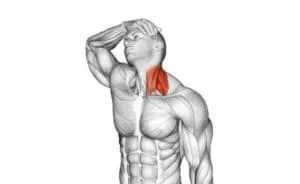
Ear-to-shoulder:
- Staring position for the stretching is sitting position.
- Sit up to straight into a chair.
- Then Slowly bend the head over to the left side as though trying to touch the left ear with the left shoulder.
- After that Place, the left hand on the head & gently pull it toward the shoulder for to deeper stretch.
- Hold this stretching position for 30 seconds.
- Then Release the head & perform this same stretching on the right side.
- Do this Ear-to-shoulder stretching 3 times in 1 session & 3 sessions per day
Hug stretch:
- Staring position for the stretching is standing position.
- The patient is Standing up straight.
- Then Reach the right arm across the chest & hold the left shoulder.
- Do this by stretching on the opposite side of the other side then holding the right shoulder with the left hand.
- Then Press down on the left shoulder with the right hand while leaning the head to the right.
- Hold the stretching position for about 20 seconds.
- Repeat this stretching position with the other side.
- Do this Hug stretch 3 times in 1 session & 3 sessions per day
Crocodile pose:
- It is also known as Makarasana.
- This pose is become too uncomfortable at first for the patient.
- The patient is Lying down on the stomach with the feet are shoulder-width apart & resting the hands on the top of the other under the chin.
- When the patient is in place, lie flat & rest the forehead on the stacked hands.
- It is released to lower back compression but the main thing is to want to visualize & focus on lengthening the spine & releasing any tension in the upper back & neck.
- Then the patient is taken to Breathe deeply & try to relax here.
- Repeat this Crocodile pose for to 3 times in 1 session & 3 sessions per day.
Cobra pose:
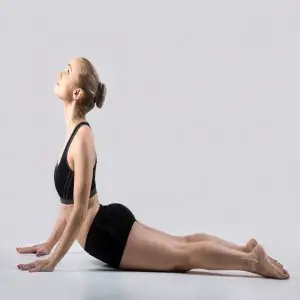
- This is also known as the Bhujangasana
- Lift the head & place the hands on the floor next to the shoulders, must be keeping the arms parallel & elbows joint close to the body.
- Then Press the tops of the feet into the floor & inhale deeply as they begin to lift the head & chest.
- If possible, straighten the arms & keep in mind which is straightening the completely will arch the back quite a bit.
- Whether the lift for to straight the arms must be kept in mind that want the neck & head – cervical spine to be on the same curve.
- The patient lifts the head as well but wants to simply ease it up.
- Check the chin.
- It is incredibly common to just the chin out in this pose & let the shoulders creep up toward the ears, so take to moment to roll the shoulders back & down, pulling the shoulder blades closer together as they pull the torso through the upper arms & ease the chin back.
- Hold this pose for a few breaths & release it on an exhale position.
- Then Inhale or do this pose at least two more times & hold the pose for a little bit longer each time.
What is an exercise for Trapezius muscle pain?
- Shoulder blade squeeze
- shoulder Shrug exercise
- Upright row
- Push-up
Shoulder blade squeeze:
- For the exercise, the patient is Stand with a good posture.
- Then Slowly squeeze the shoulder blades together & hold for 3 seconds.
- After that Slowly release the shoulder blades which are back in relaxed positions.
- This exercise is also performed with the cables, a resistance band, & holding the arms out front in a goal post position.
- Do this Shoulder blade squeeze exercise is 10 times in 1 session & do this exercise in 3 sessions per day.
Shoulder Shrug exercise:
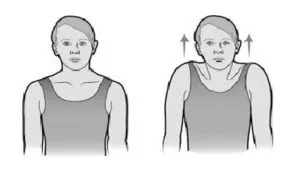
- For the exercise, the patient is Stand up with good posture.
- Then Raise the shoulders as high as possible so that attempt to touch the ears with the shoulders.
- Hold this exercise for 30 seconds.
- After that Release the position & relax this position.
- Do this Shoulder Shrug exercise is 10 times in 1 session & do this exercise in 3 sessions per day.
Upright row:
- For the exercise, the patient is Standing up straight.
- With the fists clenched, then pull up the fists as high as so that while bending the elbows joint, keeping the hands close to the front of the body.
- Hold this exercise for 30 seconds.
- After that Release the position & relax this position.
- Do this Shoulder Shrug exercise is 10 times in 1 session & do this exercise in 3 sessions per day.
Push-up:
- For the exercise, the patient is Standing up straight.
- First Put the hands flat on the floor/the wall.
- Then Lower to body toward the hands while keeping the back straight & stomach tight.
- Do not let the head drop;
- Keep the neck of the patient in line with the rest of the spine.
- Then Lower the body till close to the floor/the wall.
- After that push back into an upright position.
- The patient is Inhale to go down & exhale as to push up.
- Hold this exercise for 30 seconds.
- After that Release the position & relax this position.
- Do this Shoulder Shrug exercise is 10 times in 1 session & do this exercise in 3 sessions per day.
What are Home-care & treatments of the Trapezius muscle?
- The best treatment for the Trapezius muscle is pain depending on the cause, but resting the muscle & avoiding any painful activities which help the muscle heal.
- Other home remedies include:
- Applying the ice & heat on the area of muscle pain.
- Both hot & cold therapy reduces muscle pain.
- Applying the ice is lowers levels of inflammation, while heat reduces muscle spasms & increases the blood flow to the area, & promotes healing.
What is Ergonomics for Trapezius muscle pain?
- An ergonomic evaluation is help in reducing Trapezius pain.
- ex.= in the workstation always do the work with forearm support which helps a person maintain a neutral & relaxed shoulder posture, so that reduces the activation of the Trapezius muscle.
- Do the Muscle relaxants: These muscle relaxants are available with the prescription which reduces the pain & spasm in the muscle.
How to Prevent the Trapezius muscle pain?
- Maintain proper postural alignment throughout the day which decreases any strain which is created on the neck.
- Place the work at eye level to avoid awkward postures.
- During the pain Encourage pain-free movement.
- After an injury, the neck becomes too stiff so Start gentle movements as soon as possible.
- which is help to restore the full range of motion = ROM, reduce The pain from swelling/muscle spasms & prevent the muscles from becoming too weak.
- Take to frequent breaks in every 30 minutes & do stretching or range of motion exercises.
- The patient is must be Sleeping on a firm mattress.
- Use a thin pillow to lie on the back /a thick pillow to lie on the side.
- It helps to keep the neck in alignment with the spine.
- Always Avoid sleeping on the stomach.

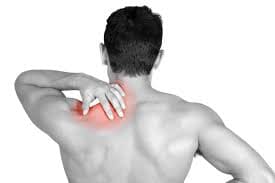
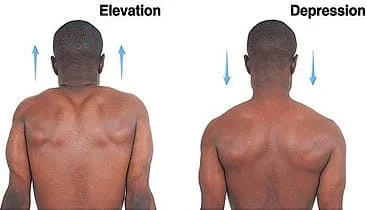
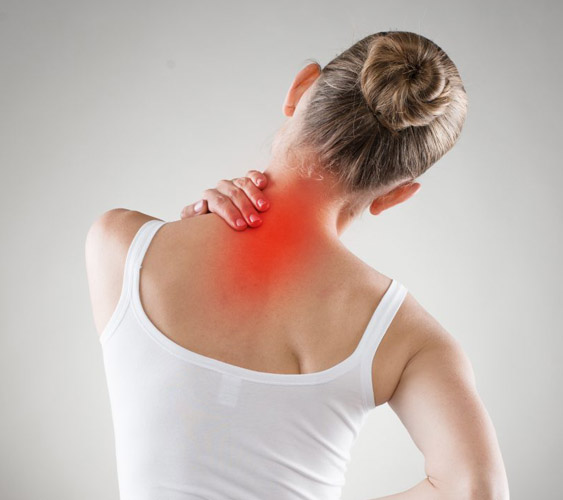
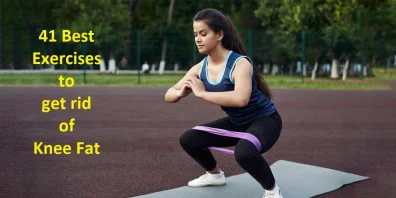
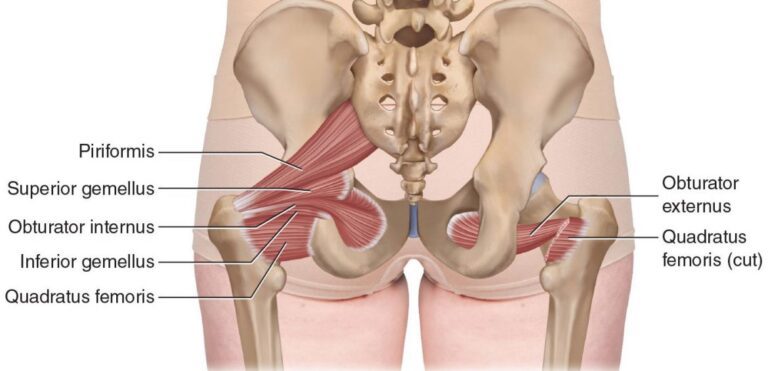
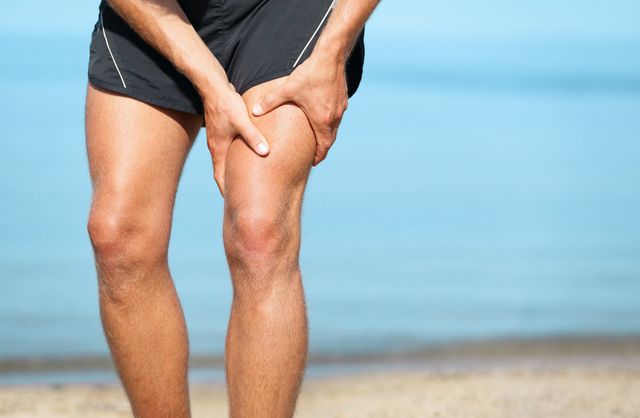
3 Comments